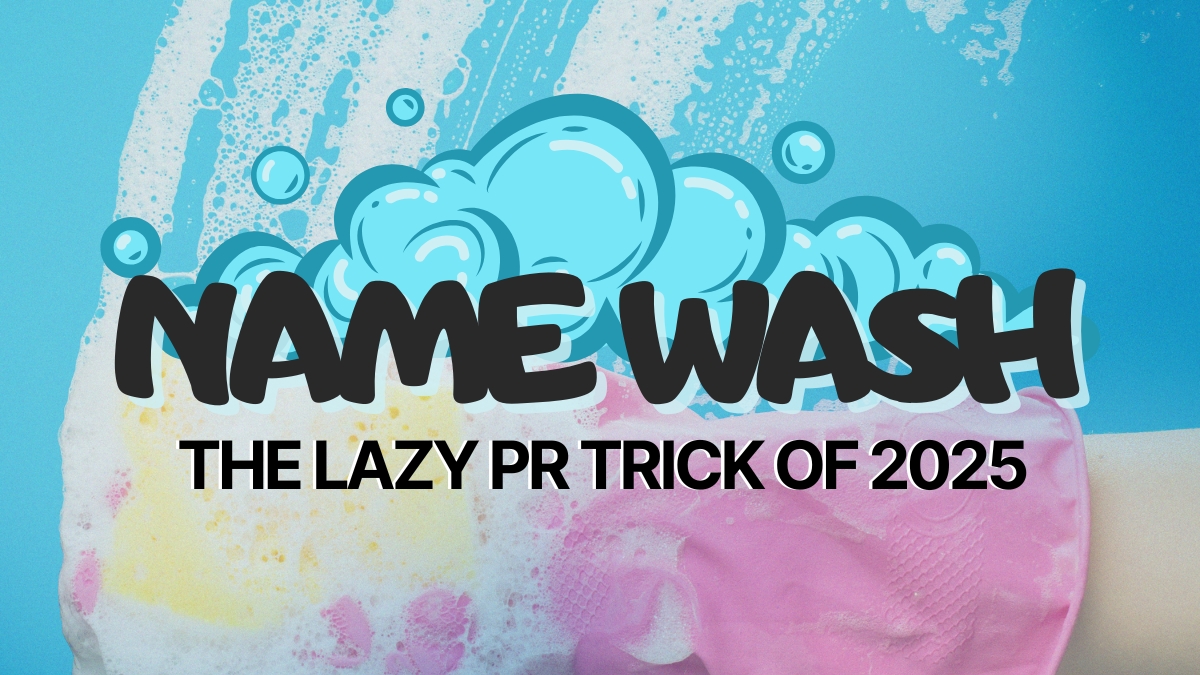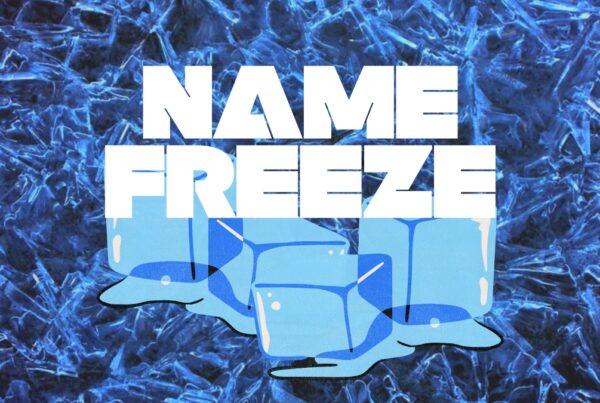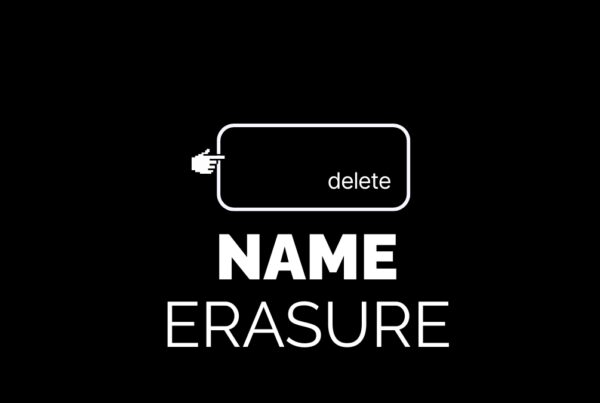The Lazy PR Trick of 2025: When Brands Rebrand Only to Avoid Controversy, Not to Change
Every year, several companies announce a rebranding. New slogans, mission statements, color schemes, and logos abound on the internet. Some make sense. Others appear to be a desperate attempt to erase everything, such as a scandal, a failed campaign, or a social backlash. The growing practice of changing one’s identity or name to avoid public criticism is known as “namewashing.”
Namewashing has subtly emerged as the preferred PR tactic for companies engaged in controversy in 2025. It is easier to sell to shareholders, quicker than cultural restoration, and less expensive than creating true accountability. However, it also backfires more and more and is transparent and hollow. The question that remains after consumers see through the rebranding is straightforward: what are they attempting to hide?
This article explores what Namewashing is, how it happens, why it rarely works, and what a brand should actually do instead of hiding behind a new identity.
What is Namewashing?
When a business rebrands to avoid controversy rather than to reflect advancement, innovation, or evolution, this is known as namewashing. Changing your username after being caught saying something offensive is the business equivalent of this.
A rebrand needs to be a narrative of development. Namewashing eliminates the part where it says, “We’ve learned, we’ve changed, and here’s who we are now.” But Namewashing skips that step. It replaces introspection with cosmetics.
Classic Examples of Namewashing
- Companies involved in scandals that reemerge with fresh names, hoping the public forgets the past.
- Problematic influencers who reinvent themselves under a new handle, pretending their previous behavior never existed.
- Corporations that ditch toxic product names but never change their practices.
Rebranding becomes a form of escape, not evolution.
Why Brands Resort to Namewashing
1. The Speed of Online Outrage
No PR team can keep up with the speed of social media. In a matter of hours, a brand can change from being adored to despised. Namewashing appears to be a quick fix when calls for protests start to fill the comment sections. Perhaps the audience forgets with a new name and a new appearance.
The internet never forgets, which is the issue.
2. Shareholder Pressure
Executives frequently seek out quick answers when controversy impacts investor confidence or stock prices. Rebranding turns into a means of announcing “change” without carrying out structural change. It’s more about looks than content.
3. Fear of Permanent Association
Because of what they stand for, some names become toxic. Brands worry about being permanently linked to outdated or offensive concepts, whether they are connected to a scandal or a change in cultural attitudes. It feels safer to change names than to face the past.
The Psychology Behind It
Names have a natural connection to identity in humans. A name has emotional weight, significance, and recognition. It stands for consistency and trust for brands. Companies are attempting to break that emotional connection through the negative and, unknowingly, the positive as they rebrand to avoid criticism.
Today’s audiences, however, are media literate. They can tell when a name change is more reactionary than thoughtful. Rather than encouraging forgiveness, this causes distrust.
Perfection is not what people desire. They desire truthfulness. Trust is genuinely lost when a business uses a rebrand to tell customers, “We think you’re easy to fool.”
The 2025 Pattern of Namewashing
Cosmetic Over Correction
The pattern is predictable in 2025. Following an incident that makes headlines, the company displays a sleek new logo with vague language about “redefining its future” a few weeks later.
The press statement mentions “alignment with modern values” and “fresh perspectives,” but it makes no mention of the issue that led to the protest. The problem has been painted over rather than resolved.
The Algorithmic Reset
Additionally, brands expect that rebranding would reset their algorithmic footprint. They want to start again on social media and hide unfavorable search results by altering their name. However, AI-powered search engines can now identify when a new brand identity is connected to an old one since they are context-aware. Digitally, the ghost of conflict follows.
The PR Playbook
- Release a rebrand video with emotional music.
- Disable comments.
- Flood press outlets with positive coverage.
- Quietly delete old content.
It works temporarily, but once someone posts a side-by-side comparison, the Namewashing label sticks permanently.
The Cost of Namewashing
1. Brand Confusion
Customers become confused when a business rebrands too frequently. Loyal audiences feel disconnected, and recognition declines. Building emotional balance is challenging when your identity is always changing.
2. Loss of Credibility
When audiences perceive a name change as a deceptive tactic, they believe subsequent communications will be just as dishonest. Instead of being a sign of regeneration, the rebrand turns into evidence of guilt.
3. Long-Term Reputation Damage
While namewashing may temporarily suppress criticism, it frequently increases mistrust over time. Rather than resolving the issue, it portrays the business as cowardly.
How True Rebranding Differs
True rebranding is about reflection, not rejection. It’s an honest audit of what’s broken and what needs to evolve. Companies that get it right often include:
- Public acknowledgment of mistakes
- Visible changes in leadership or culture
- Clear communication about what’s different
- Commitment to transparency
Rebranding need to feel justified. It’s a milestone that demonstrates genuine transformation rather than an escape route.
Example of a Real Evolution
A food firm that was criticized for its wasteful packaging did more than simply change its logo in response to criticism. It made a commitment to sustainability, reorganized its supply chain, and recorded the procedure. Since the acts came first, the new moniker was well received when it was introduced.
That’s what distinguishes namewashing from genuine transformation.
Why Consumers Don’t Buy It Anymore
Digital Memory Never Fades
Even when companies try to erase their past, screenshots, archives, and media coverage remain. Online users will always find the receipts.
The Rise of Accountability Culture
Audiences expect transparency. When they see a brand change its name without context, they start investigating. This grassroots accountability has made Namewashing riskier than ever.
AI and Search Engines Expose Rebrands
Modern search engines connect the dots instantly. The same SEO tools that brands use to promote themselves are now used by critics to trace rebranding attempts.
How to Spot Namewashing
- Watch the timing. If a rebrand happens right after a controversy, question it.
- Read the language. Vague phrases like “renewed commitment” or “modern direction” often signal deflection.
- Check for accountability. Are there any real changes or just a new look?
- Track continuity. It’s namewashing rather than rebranding if the team, rules, or culture don’t change.
How to Avoid Namewashing in Your Own Brand
1. Lead with Change, Not Cover
If you’ve made mistakes, acknowledge them before updating your image. Audiences respect vulnerability more than denial.
2. Make It Transparent
Share the process behind your rebrand. Show the internal discussions, challenges, and improvements. People want to see the human side of your evolution.
3. Keep the Name, Fix the Reputation
In many cases, keeping your original name but demonstrating progress is more powerful than changing it. A redeemed name earns more loyalty than a hidden one.
4. Align Internally Before Announcing
Make sure your team embodies the values you’re communicating. A rebrand should feel authentic from the inside out.
The Business Perspective
Investors Are Catching On
Namewashing risk is becoming a consideration for investors. A corporation is unstable if it rebrands following a scandal without making structural changes. It implies that the leadership prioritizes image over results.
The Media’s Changing Tone
Rebranding announcements are now met with mistrust by journalists. Once-celebrated articles on new logos now query, “Why now?Namewashing is now a liability rather than a shield as a result of this change.
How To: Create a Rebrand That’s Actually Honest
- Start with an internal audit. Determine whether the culture, product, communication, or leadership is the true issue.
- Build a narrative of change. Document how the company evolved. Be open about missteps.
- Include outside voices. Bring in community members, employees, or critics during the rebranding process.
- Communicate with humility. Announce the new brand only when the foundation is solid.
- Measure the response. Track whether audiences notice genuine change or just aesthetics.
When done right, rebranding should restore trust, not disguise failure.
FAQs
- What’s the difference between rebranding and Namewashing?
Rebranding is about genuine growth and strategic renewal. Namewashing is about hiding from past issues without addressing them. - Can Namewashing ever work?
Temporarily, yes. But in the long run, digital memory and audience skepticism usually catch up. - Why is it called “Namewashing”?
The term mirrors “greenwashing” and “virtue signaling.” It means using surface-level branding to appear changed without doing the work. - Is Namewashing illegal?
No, but it can violate consumer trust and lead to reputational damage that’s just as costly. - How can a small business avoid Namewashing?
Be open about how you’ve changed. Instead of changing your name to avoid criticism, start by altering your actions.
Conclusion
The sloppy PR ploy of 2025 is namewashing, which makes empty promises of redemption. However, the truth always comes to light. It is impossible to genuinely hide behind a new identity due to the internet’s memory, the audience’s discernment, and the algorithm’s awareness.
In this day and age, successful brands are those that alter their personalities rather than their names. Rebranding is effective when it is earned, not when it is a fraud.
Another discussion on “Name Burn: When Your Brand Name Turns Toxic” starts when a name becomes too toxic to be fixed.




